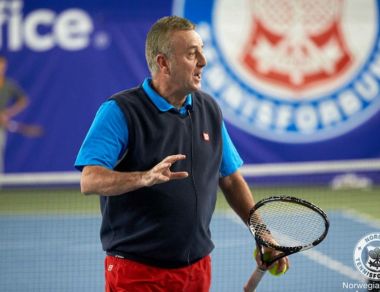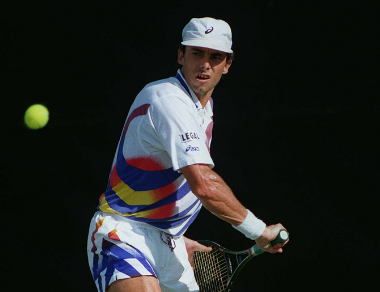This is the second in a series of articles in which Dave Miley shares his 10 proposals that he believes can make a difference in tennis from the high performance/professional to the recreational player playing at club level.
4: Make International Junior Tennis More User Friendly for the players
In no other sport do the best athletes travel as much as in tennis. From the age of 13, the top junior players can be travelling 20 + weeks of the year and of course this impacts a lot on their life, education and of course financially on their parents and/or federation. I was actively involved in the planning of the schedules of many top junior players through the ITF Development support of many junior players that went on to break into the top levels of professional tennis. I know how difficult it is to plan the competitive programme of a top junior player.
All high-performance coaches know that a simple rule of player development is that players between the age of 13 and 18 need to be playing between 80 and 100 good matches on different surfaces and against different players whilst maintaining a 2-1 win/loss ratio. However, when you decide to send a junior to 15 weeks of tournaments internationally, the coach does not know if the player will play 15 matches if they lose first round every week or 75 singles matches if they win them all. The players have economy plane tickets and cannot change their tickets if they lose. They also do not know if they need to book a Hotel in case they lose in the first round. They reality is that they have to stay for the rest of the week no matter what.
The answer is very simple. Every international junior ITF event (and Regional 12, 14 and 16 and under Regional events) should use a compass draw format with placement matches played for all places 1-32 and points won being different for each position achieved. Each main draw player would be guaranteed 5 singles matches and will know that they will be involved for the entire week. Under this system the coach/parent knows that their player is guaranteed 75 matches from the 15 weeks. This change would make it easier and less costly to achieve the 80-100 matches on the international junior circuit. The atmosphere at the event would be also more positive which is important for young people’s development.
Of course, organisers will say that this format is more difficult to run, requiring more courts and costing more to run. And the referee will complain that they will have to work hard every day to schedule 32 singles. I have heard it all before because at the ITF I made a rule in 1992 that all ITF funded development circuits and tournaments had to use this format where every player played a singles match each day. The current African 14 and under circuit that I was involved in putting together mandates this format at all events. I walked the talk and I saw the positive affect for players in the events funded by the ITF development programme!
Remember, who is the tournament being run for? The players are the customers and the tournaments at all levels of tennis should be run with their best interests in mind. I know that coaches and federations would be happy to pay higher entry fees for these types of tournaments guaranteeing matches as, in the long run, it will save the player and the federation money and will make it so much easier to plan the players annual training and competition programme. And there will be so many other benefits including that the player can more easily continue their education and there will, in my opinion, be less strain on the families concerned.
- Professional Tennis
- International Junior Tennis
- ITF events including Davis Cup and Fed Cup
- Increasing Tennis Participation worldwide
- Working Together for the good of the game



